About The Photographer
Sabina Tomazic is a young but already established professional on-location lifestyle photographer based in Trebnje, Slovenia. As a lifestyle photographer Sabina specializes in maternity, newborn, children, couple’s, family and wedding photography, creating unique and artistic portraits to treasure. Sabina’s aim is to capture a true personality and style of a person while documenting the most important moments and events in life that deserve to be captured and cherished forever. Furthermore, although known primarily as a lifestyle photographer, Sabina has also explored other fields of photography, including landscape and nature subjects. Her landscape photos are realistic with minimal post processing. Sabina is also an avid hiker and a lover of nature and she never forgets to take her camera with her.
You can see some of Sabina’s finest landscape and nature photos from around Slovenia here below, and you can also visit her official website FotoTrenutki.si or her Facebook page and enjoy more of her stunning images.
Photo Gallery
A beautiful picture gallery containing 40 remarkable landscape photos taken in a variety of locations in Slovenia by Sabina Tomazic.
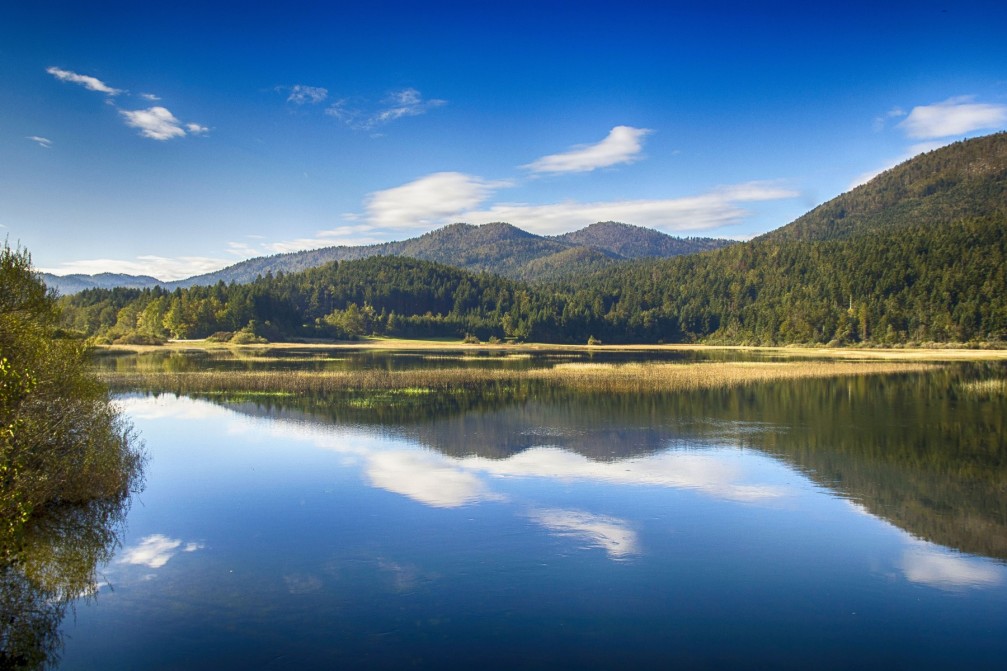
Lake Cerknica is one of the most unique lakes in Europe. It’s is an intermittent lake – this means it disappears seasonally. At its max (when the Cerknica area has a lot of rainfall), it is the largest lake in Slovenia. During the dry season, it can completely disappear.
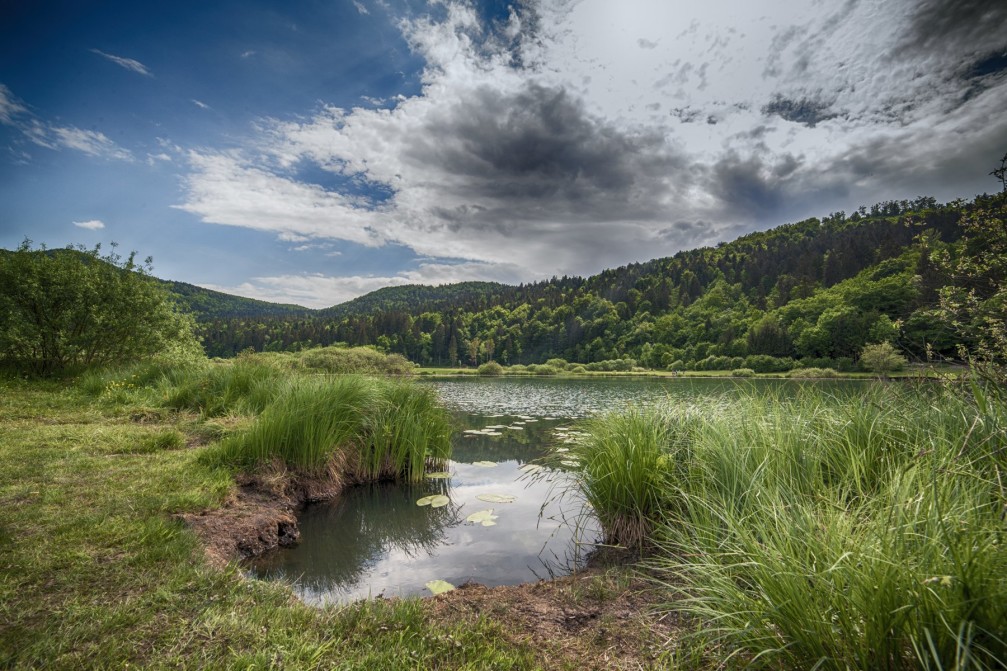
The small karst Podpec Lake lies on the outskirts of Slovenia’s capital Ljubljana, in the area of the Ljubljana marshes near the village Podpec. Despite its modest size, it is one of the deepest lakes in Slovenia due to an underground outflow which leads to a funnel which has been explored to a depth of 51 metres. It is a popular spot for walkers and fishermen and attracts a fair number of Slovenian landscape photographers as well.
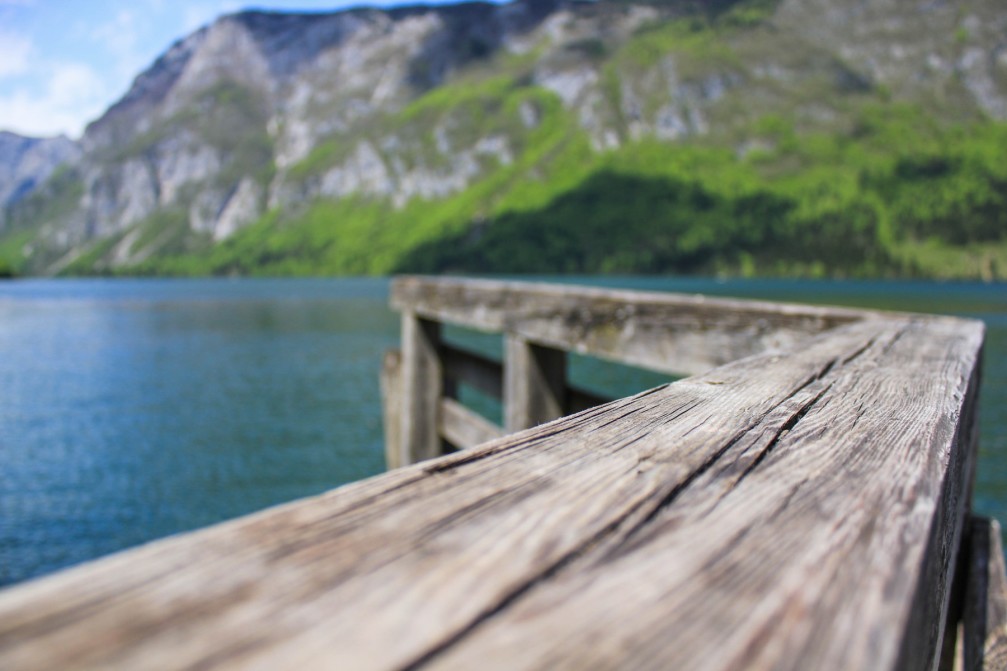
The jewel of the Slovenian Alps, Lake Bohinj is a photographer’s paradise. Nestled in the heart of the Triglav National Park, the lake rarely fails to provide wonderful photographic opportunities.
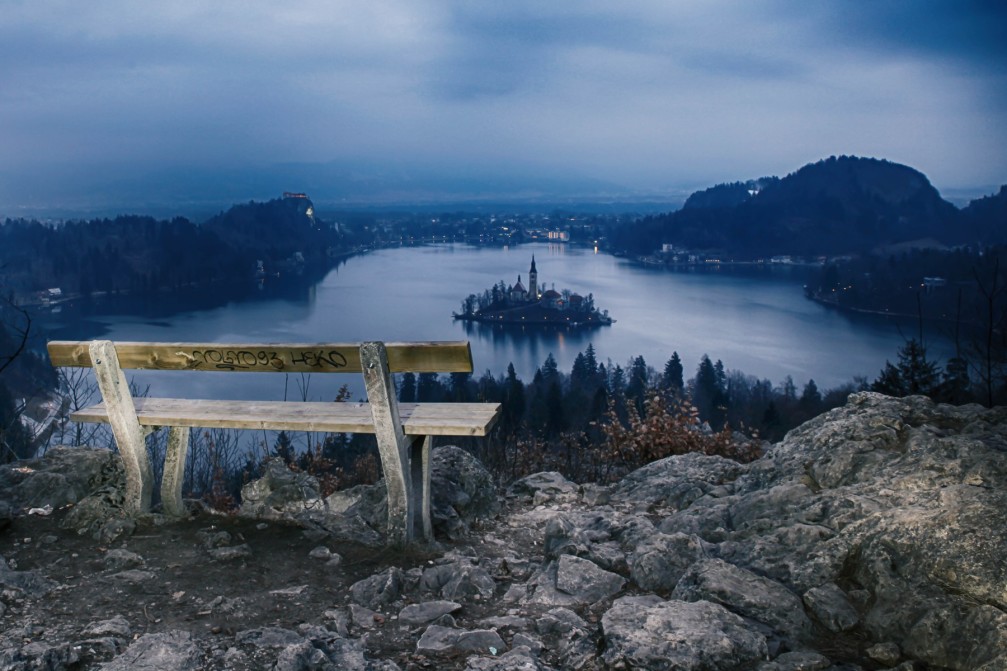
Lake Bled is located in the northwestern corner of Slovenia and has become a huge tourist attraction in the area. It’s a lovely alpine lake with a beautiful island in the middle. There is the 15th century Pilgrimage Church of the Assumption of Mary on the Bled island. You have probably seen some photos of this charming lake already, haven’t you?
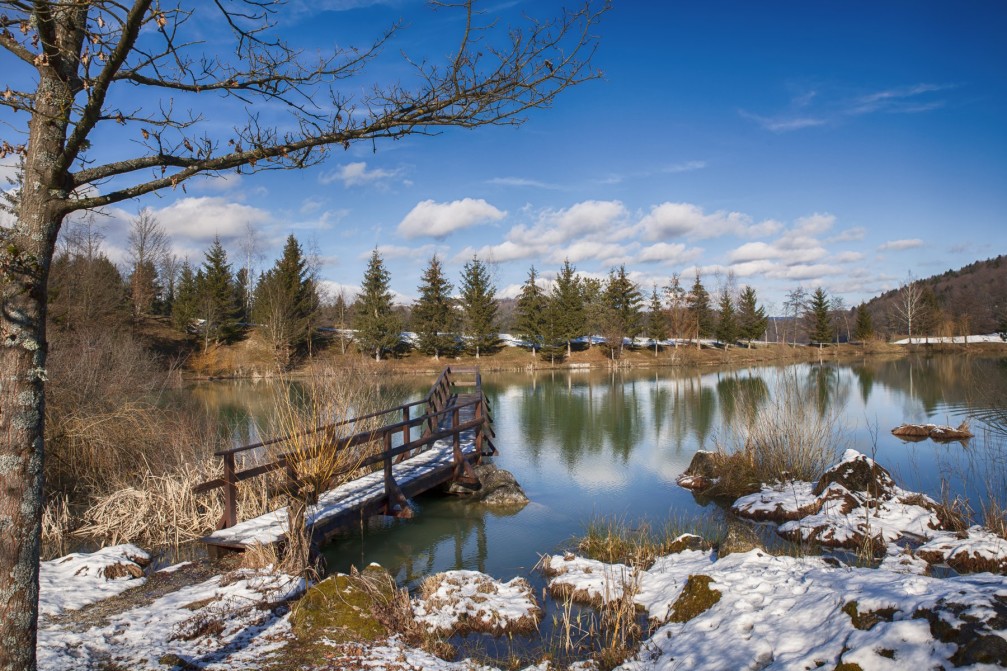
Blato Pond is located north of the town of Trebnje in the Lower Carniola region of Slovenia and is a popular local setting for quiet, scenic walks and exploring the countryside. It’s also a superb spot for landscape photography.
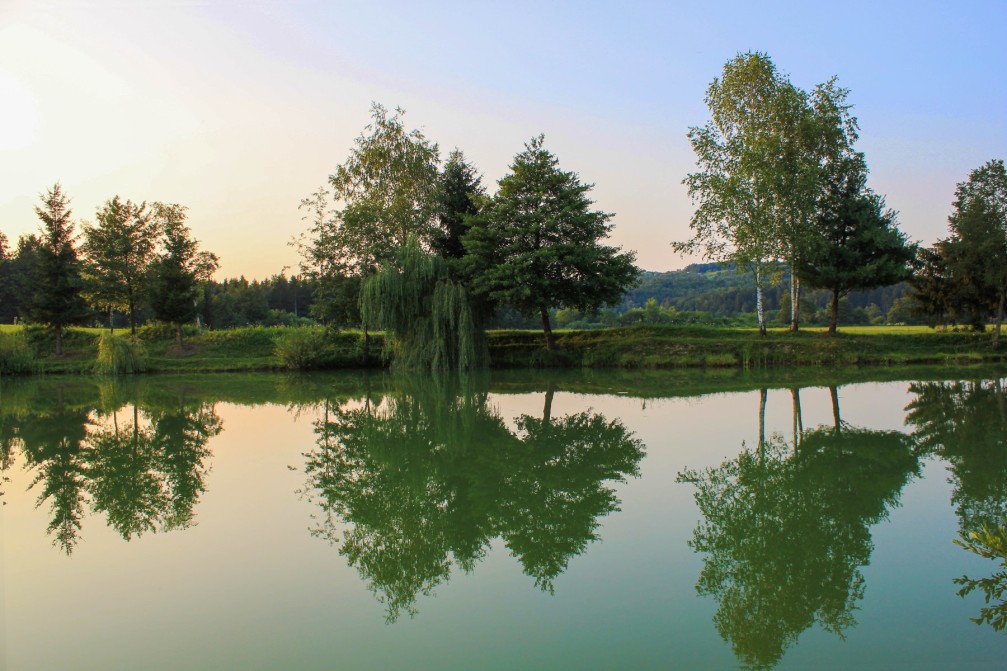
Blato Pond is also a popular spot with the locals for fishing as there are a variety of fish from the Cyprinidae family in the pond including carp, tench, common bream, zander, and several other species.
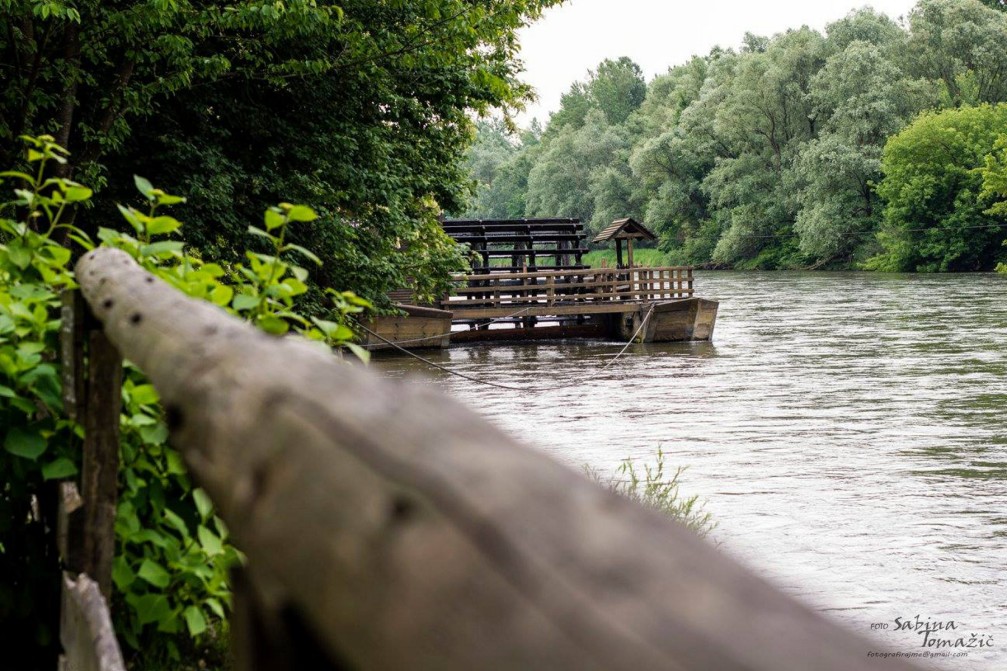
For centuries, mills played a key role in supplying the population with bread. However, many of the mills in the Pomurje region of Slovenia were different from most of the mills in Europe – they were made to float on the Mura river. In the late 18th century, 69 floating flour mills were active on what is now the Slovenian stretch of the Mura river but nowadays just two floating mills are still working, one of them is near the village of Izakovci, where visitors get a chance to see how flour was once made; they can even buy some traditional flour to use at home.
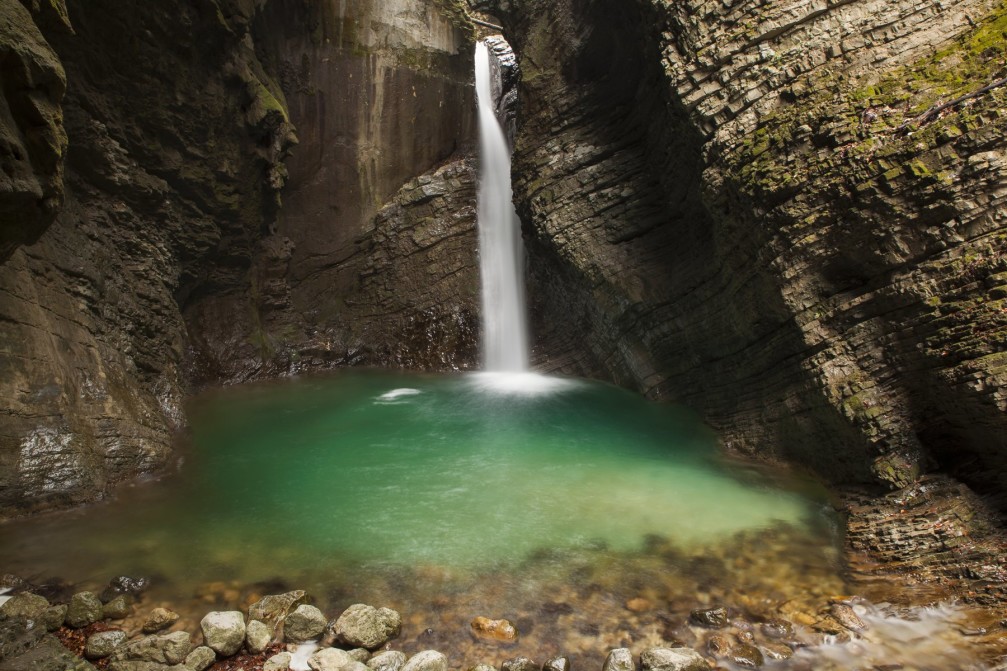
The Kozjak waterfall is considered to be one of Slovenia’s most beautiful waterfalls. It’s hidden in a fairly large open karst cave-like area – it falls 15 meters into an alluring emerald green pool nested between magnificent dark rocks. The effect of the dark rock contrasting against the emerald green pool is really breathtaking. The waterfall isn’t the largest, the highest, the most water abundant, but a lot of people would agree that it’s one of the most impressive and memorable and totally unique. It’s accessible by a well-marked and well-maintained hiking path – it is a very scenic and not too rigorous of a hike (it’s about 20 minutes from the parking lot), just go slow and you will be rewarded with one of the most beautiful and memorable sights that can be seen in this part of the world.
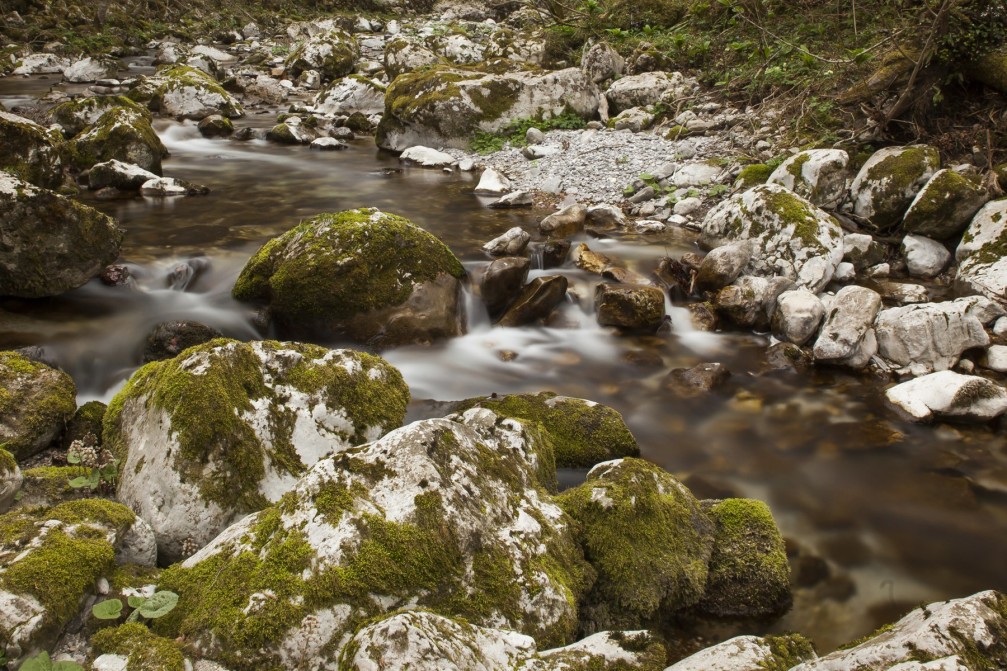
Kozjak stream is just one of Slovenia’s many fast-flowing streams with crystal-clear cold water. It springs under the 2,142 meters high Krncica mountain, runs through several chutes and drops over six waterfalls before it merges into the the Soca river near the town of Kobarid.
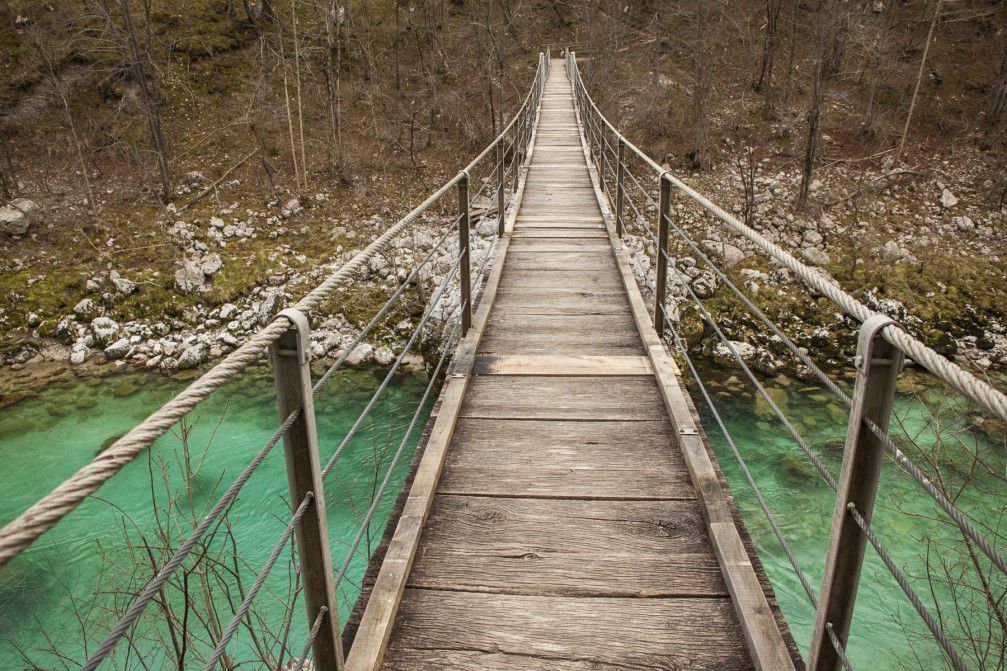
Suspension footbridge over the Soca river, which is regarded as one of the most beautiful and clearest rivers in Europe. The river has more then 20 suspension bridges. This one is located near the town of Kobarid and is part of the Kobarid historical hiking trail. It’s constructed in the exact same spot where a wooden footbridge used by Italian soldiers had been during the First World War. The footbridge spans 51 meters long and 10 meters high over the river and can hold up to 100 people.
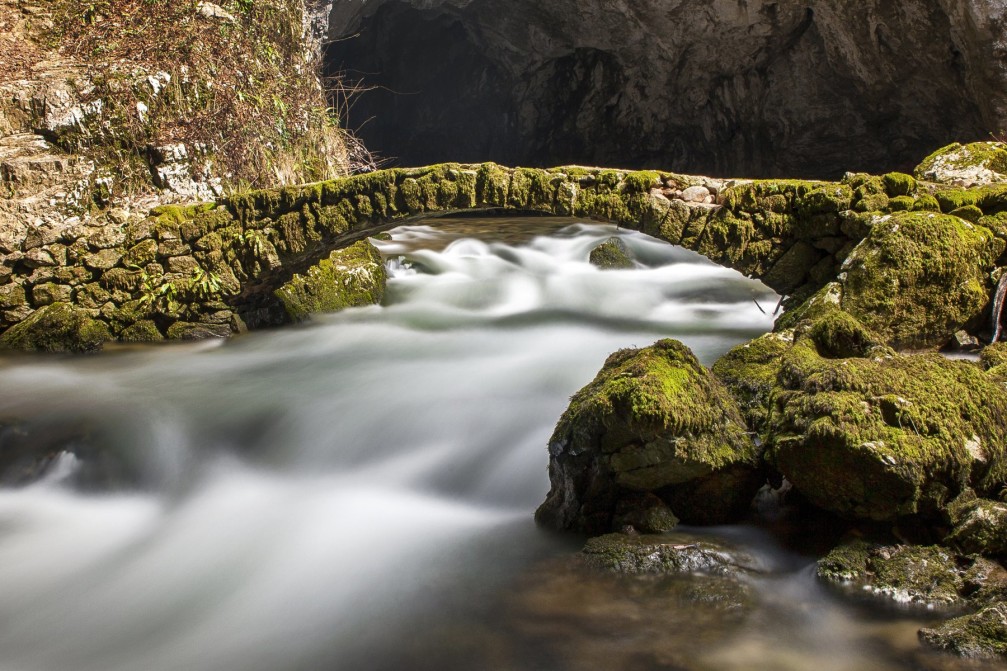
The Rakov Skocjan park is a lesser known nature reserve to the regular foreign tourist, lying some 10 kilometres east of the town of Postojna in the Karst region of southwestern Slovenia, but it’s a must see. It is a stunning area where most of the Karst phenomena that can be found in the Slovenian Karst can be seen. Here you can walk over natural rock bridges, explore collapsed caves, peer down into underground streams and enjoy a quiet scenic walk through the woods and meadows along the Rak river.
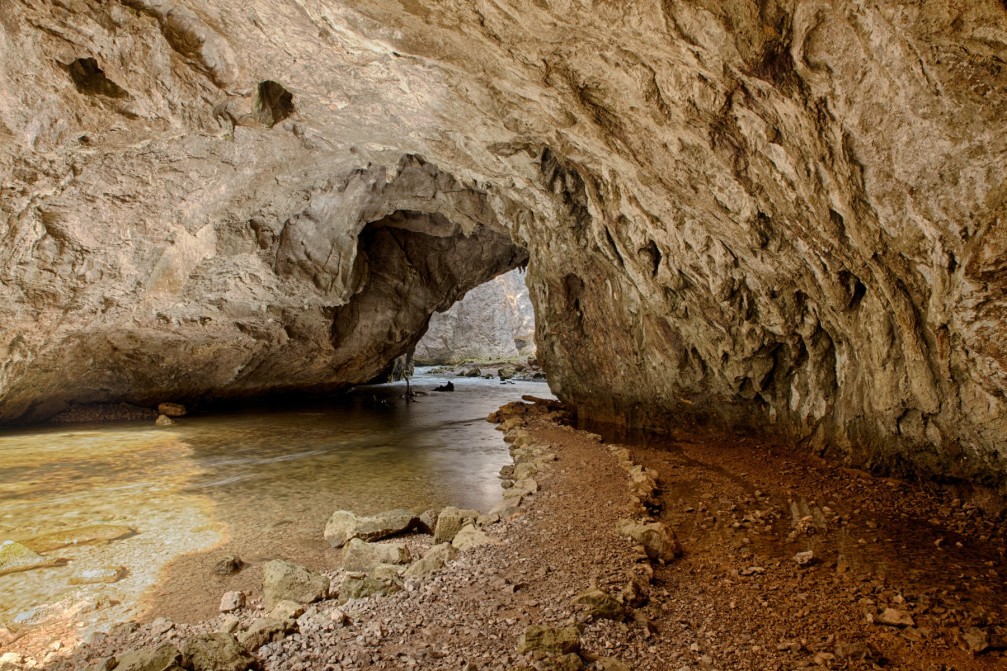
The Rak river springs from the Zelske Caves (on the photo) and then after flowing two and a half kilometres across the steep-walled Rakov Skocjan valley it again disappears underground in the Tkalca Cave.
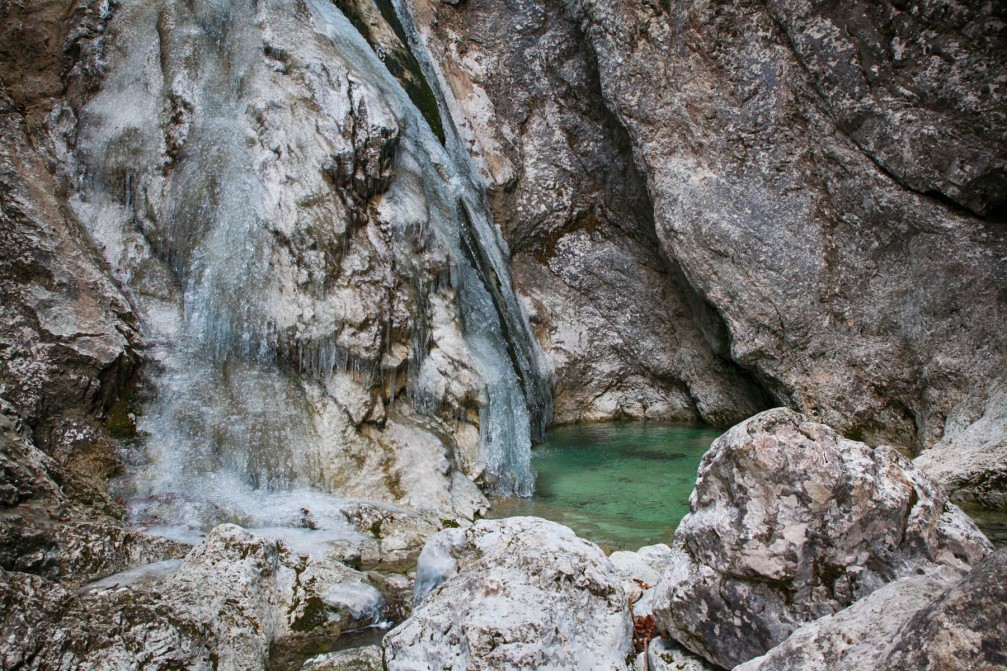
Waterfall Orglice is a beautiful waterfall in the Kamniska Bistrica valley with a drop of about 30 meters. With a little imagination and if you listen carefully, the waterfall gives a sound similar to that of someone playing a harmonica, hence the name (the word ‘orglice’ means ‘harmonica’ in Slovene).
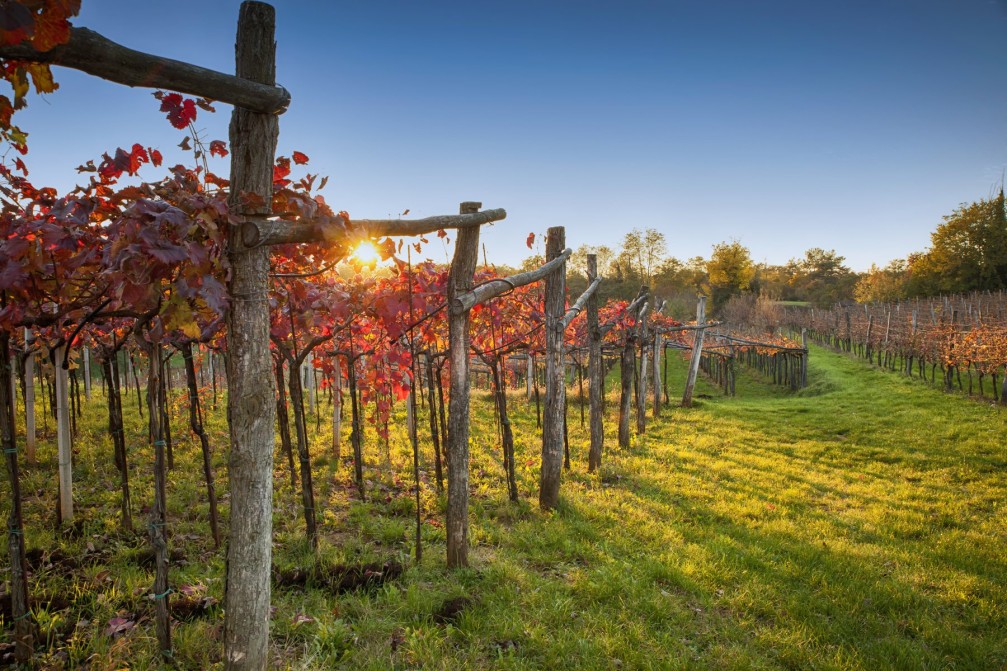
The Karst wine-growing region lies in the central part of the Slovene Littoral. The majority of vineyards here are planted with the Refosco grape variety, which is used to produce the Terrano wine.
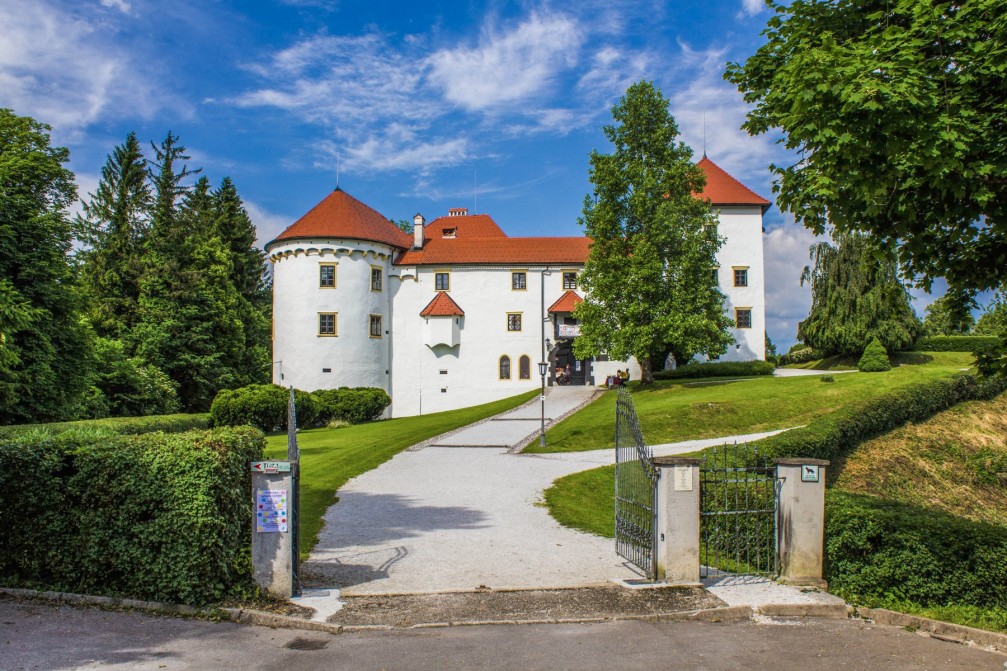
The Renaissance-style Bogensperk Castle was built at the beginning of the 16th century by the Wagen family and is considered to be one of the most magnificent and picturesque castles in Slovenia. Standing on a small hill near the town of Litija, not far from Slovenia’s capital Ljubljana, the castle is listed as an important cultural monument and has played a big role in Slovenian history – it was bought by Janez Vajkard Valvasor, a renowned Slovene polymath, historian, and the first Slovene fellow of the Royal Society of London, who lived and worked here between 1672 and 1692 and turned the castle into a cultural and science centre boasting a print studio and an extensive library.
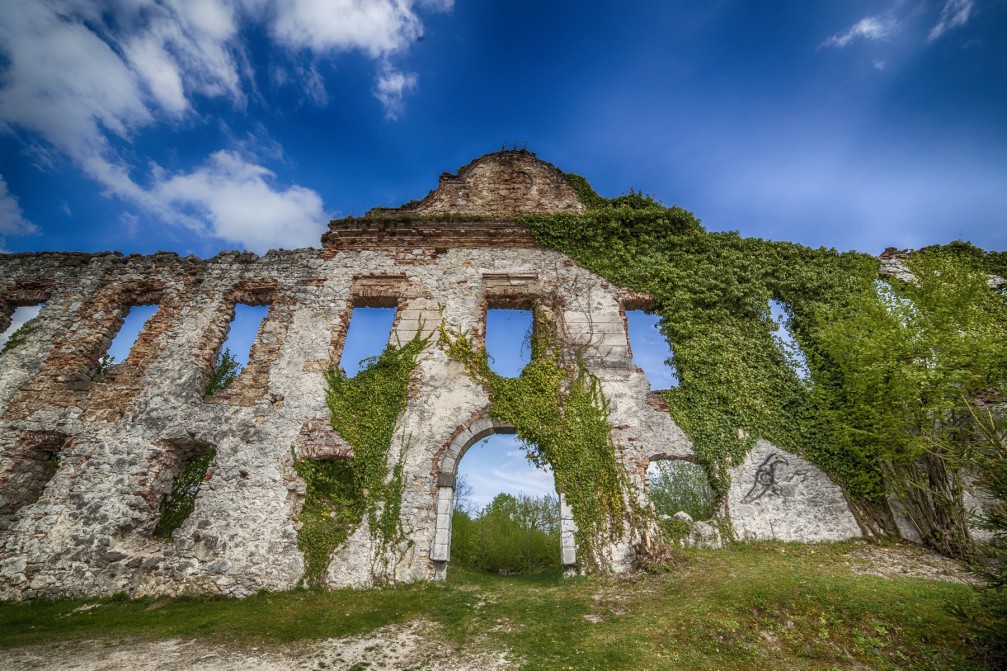
The Bostanj Castle was a Renaissance castle built on the foundations of a Roman fortification in the mid-16th century by Jacob von Lamberg – who gave the castle its name – Waissenstain. The castle changed several owners before it was burned down during the Second World War. The reports say it burned for almost 2 weeks because the local fire department was not allowed to extinguish the fire.
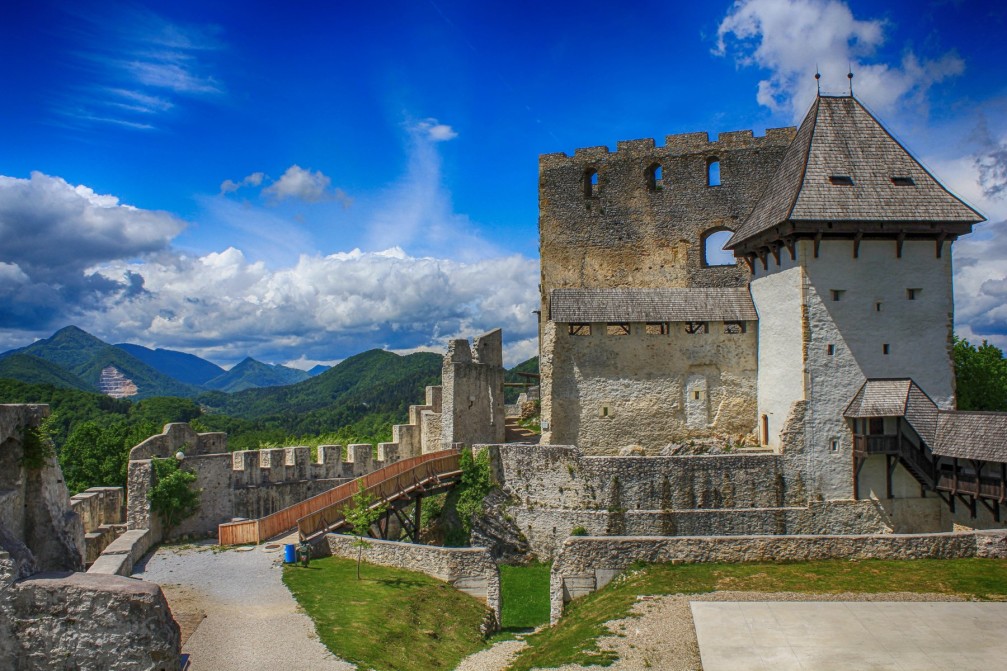
The medieval Old Castle perched on a hill above Slovenia’s third largest city Celje is the largest castle complex in Slovenia and Celje’s best-known landmark with over 70,000 visitors per year. The castle was built at the end of the 12th century by the Heunburg family. It changed many owners before it was bought by the Counts of Celje, the most important medieval aristocrats in Slovenia, who rebuilt, expanded and significantly improved the castle and its grounds. Their rule ended with the murder of the last male heir in 1456 and the castle slowly began to fall into disrepair towards the end of the 16th century. In 1846 the ruins were bought by the regional governor who began with the restoration work which still continues.
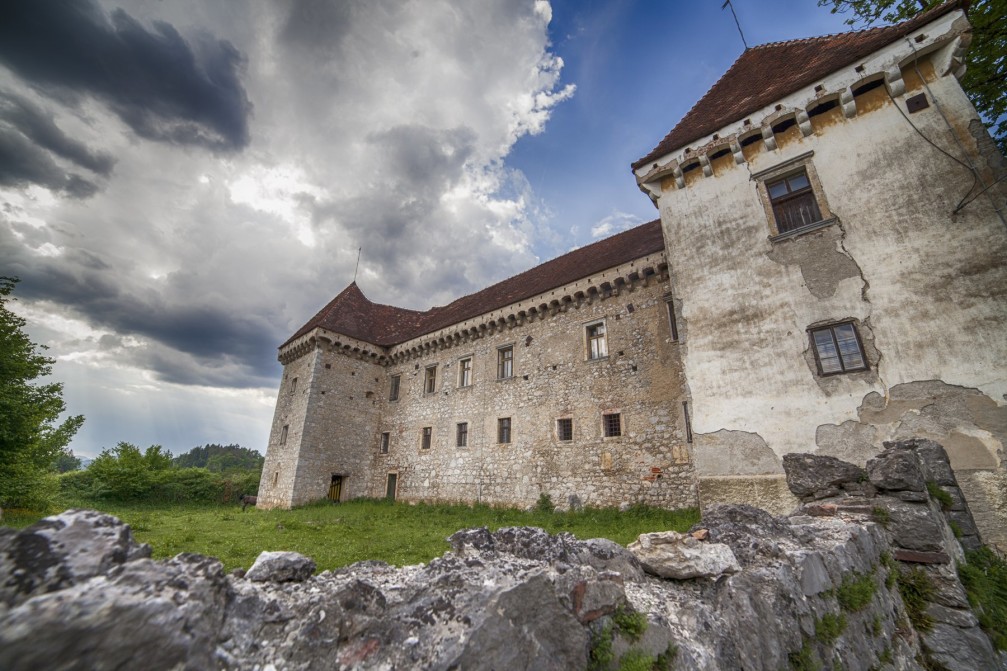
The best known landmark in the idyllic village of Gorjusa not far from Slovenia’s capital Ljubljana is the 13th century Krumperk Castle, a fine example of a Renaissance-style manor house. The castle was plundered following the Second World War and is still waiting to be restored and renovated.
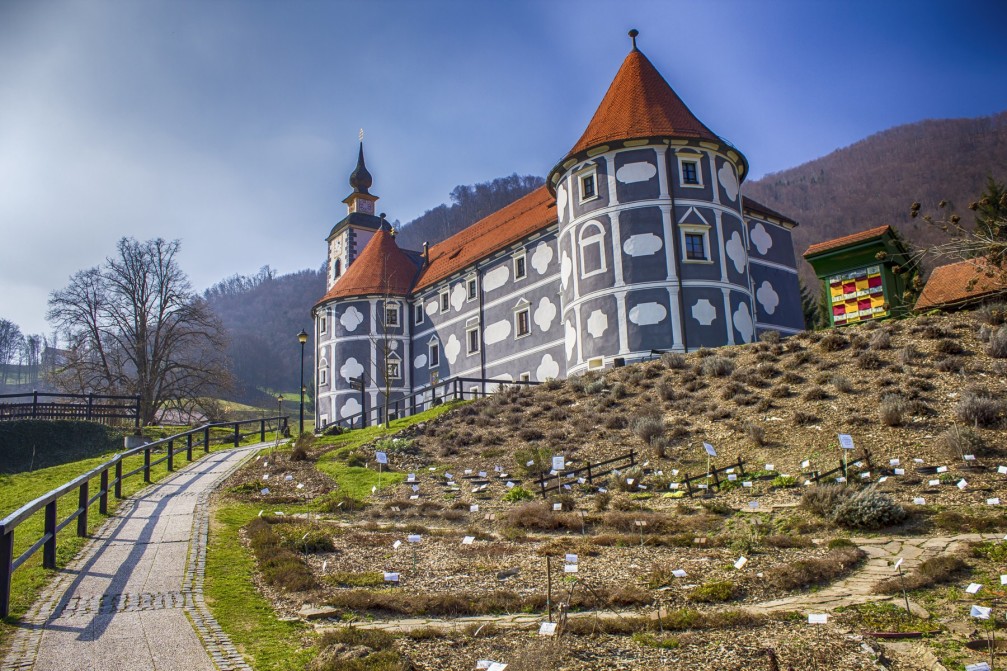
The Minorite Olimje Monastery was built in the 16th century as a Renaissance-style castle in the valley under the Rudnica mountain surrounded by green meadows, orchards, gardens and farm fields near the town of Podcetrtek on Slovenia’s eastern border with Croatia. There’s also a beautiful and well-kept garden in front of the monastery where the Franciscan monks grow their own herbs and medicinal plants.
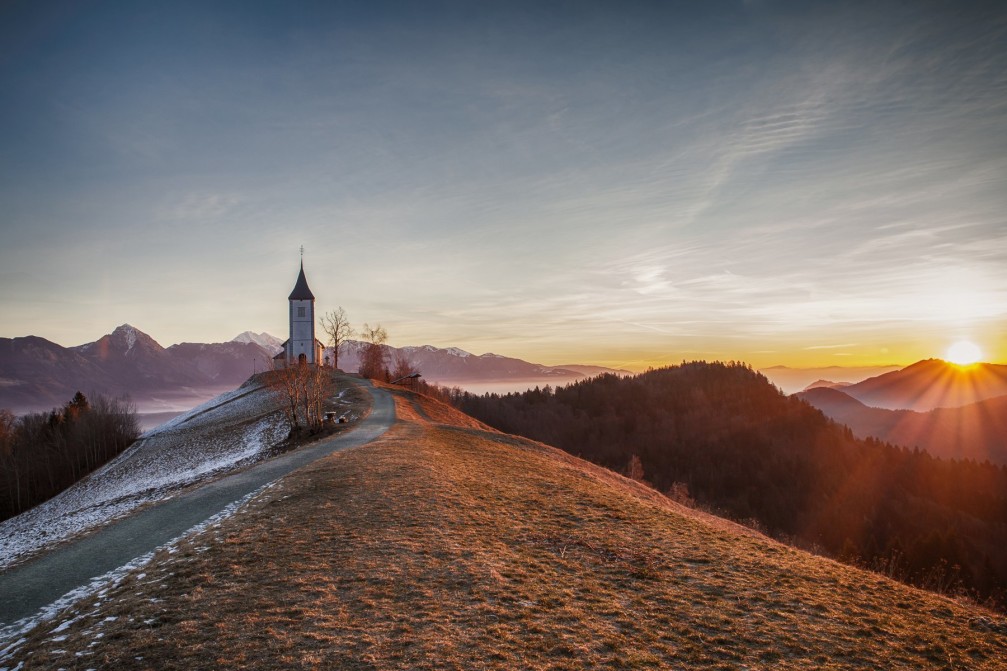
The beautiful Jamnik church of Saints Primus and Felician, perched on a hill on the Jelovica Plateau with the Kamnik alps and Karawanks mountains in the background.
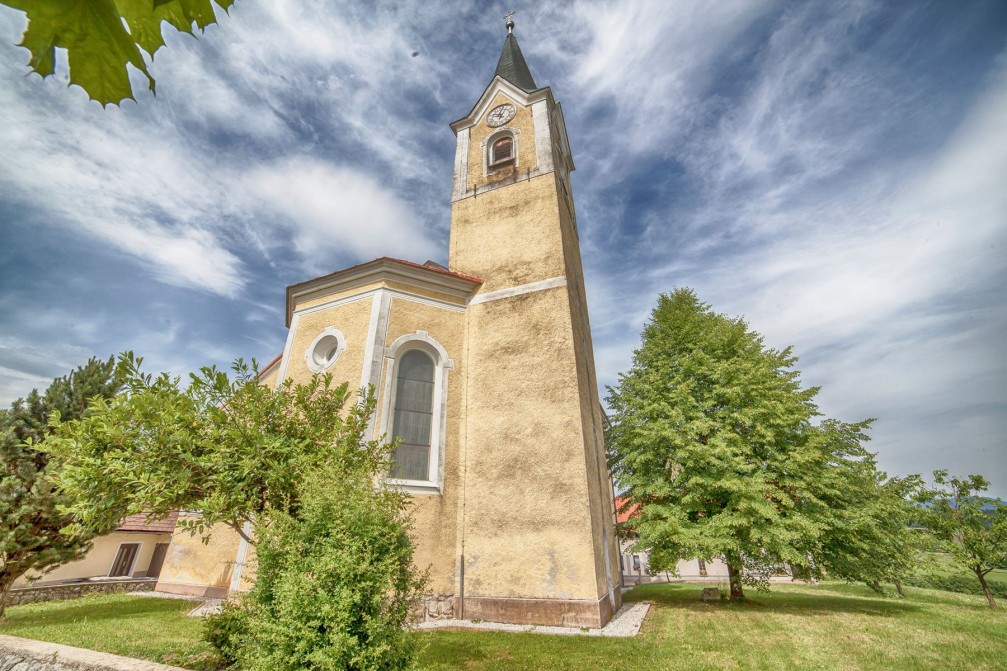
The Church of St. Ulrich in the village of Veliki Gaber was built in 1910 on the site of a 17th-century predecessor. It’s a typical Slovenian church with a beautiful interior.
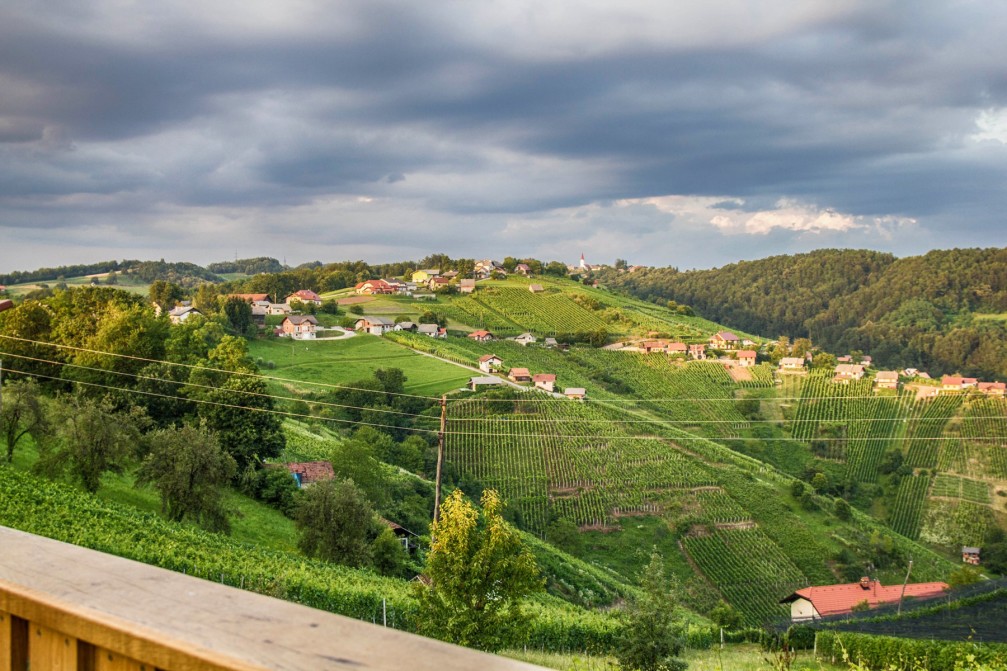
According to the statistics, about one percent of Slovenia’s territory is covered by vineyards.
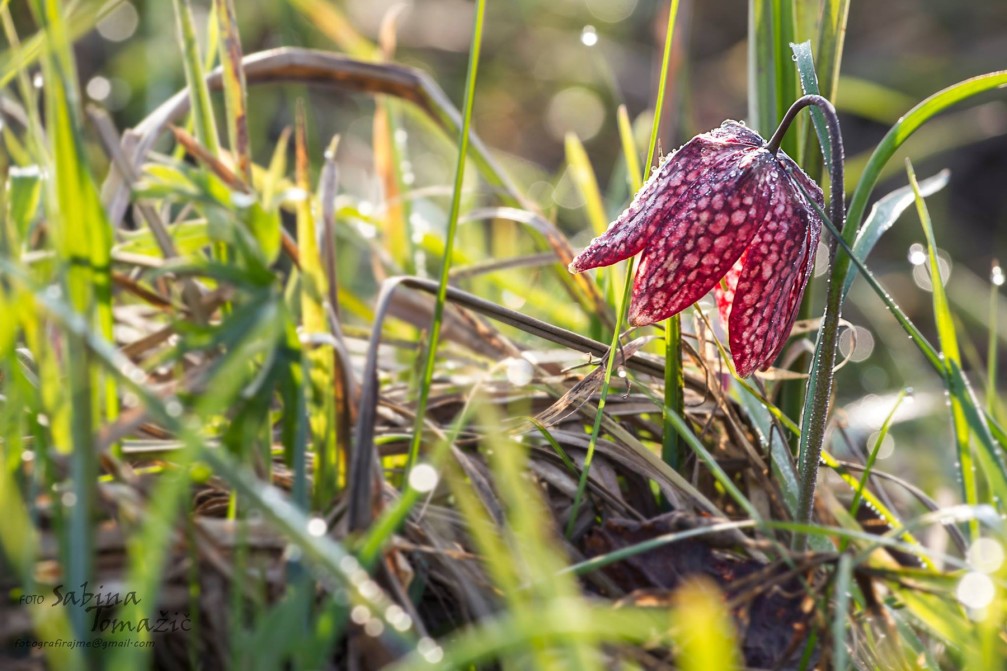
The delightful snake’s head fritillaries are most unusual looking wildflowers and Slovenia’s only native fritillary species. Various shades of purple flower begin to appear in spring, and close inspection reveals a checked pattern like silvery scales. They are found in wet grassland areas of the Ljubljana Marshes, not far from Slovenia’s capital Ljubljana. They thrive on land that has never been subjected to intensive agriculture, and are now very rare.
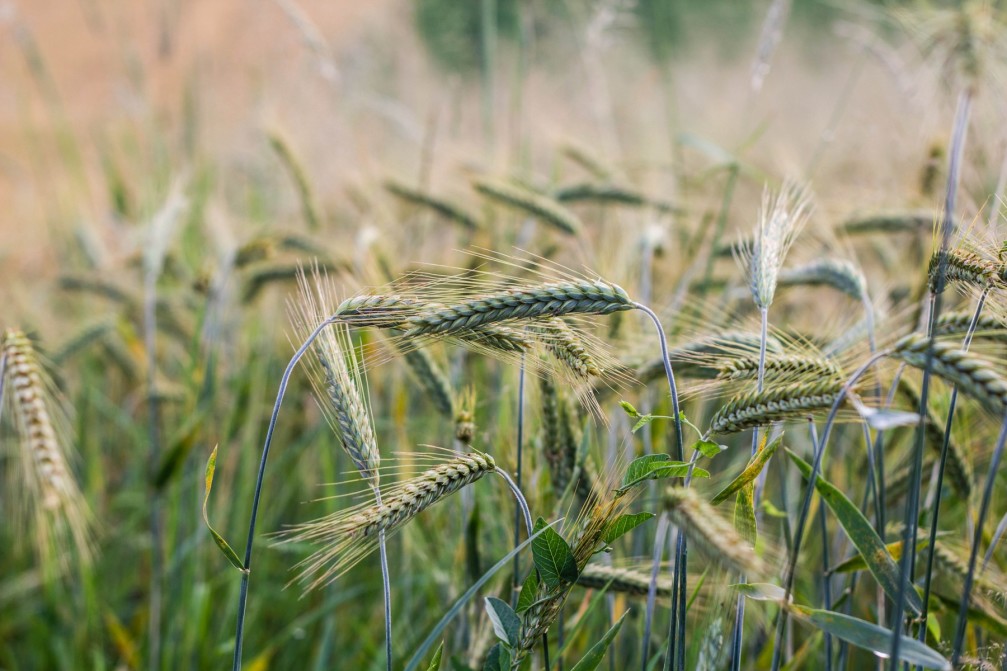
The countryside in Slovenia is filled with wheat fields, but because of the low share not enough wheat is produced for Slovenia to be self-sufficient for human consumption.
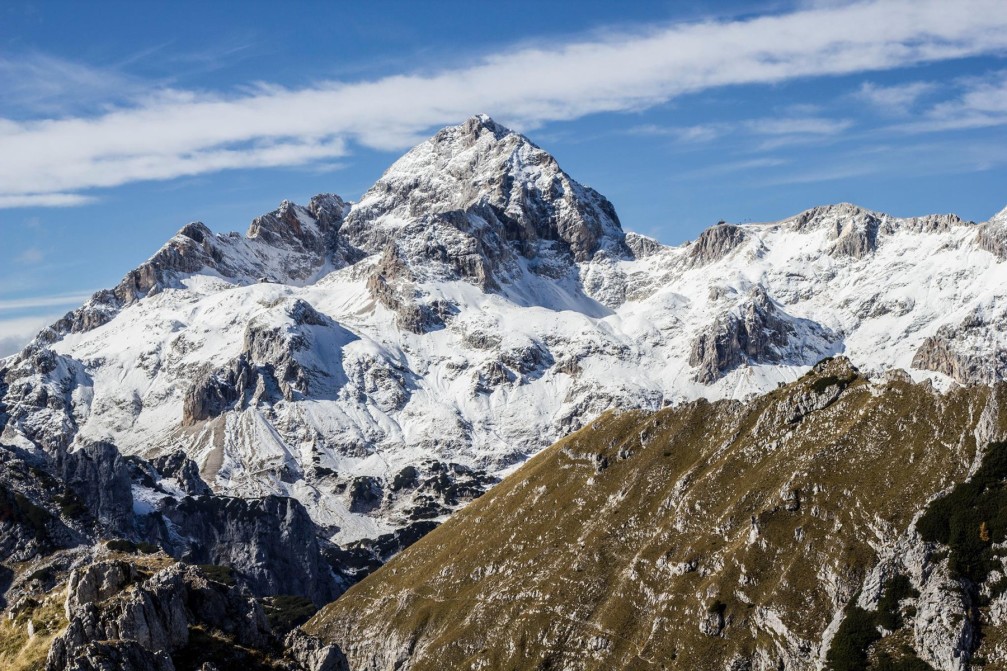
At 2,864 meters Triglav is the highest mountain in Slovenia and the highest peak of the Julian Alps. But it is more than that, it’s a true national symbol and is featured on the national flag and the coat of arms. Triglav’s summit is almost a place of pilgimage for the Slovenes – some even say that only once you have climbed Triglav, can you be considered a true Slovenian!
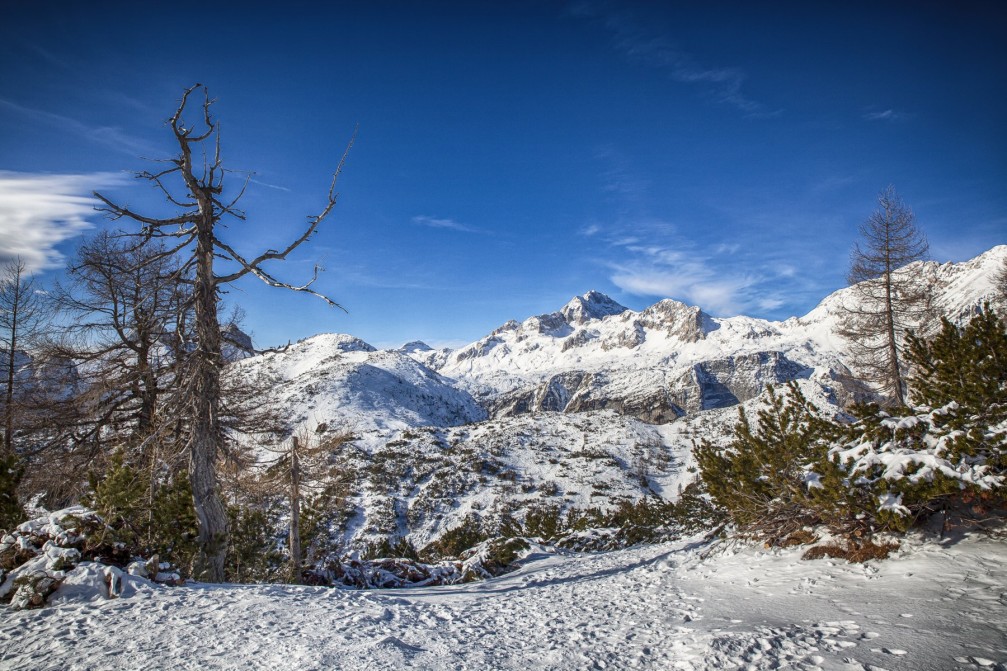
The Julian Alps are part of the only national park in Slovenia. You will truly fall in love with the area once you get to see closer to mountain peaks. You need to walk to one of the peaks, or take a cable car to the Vogel viewpoint or alternatively drive through the Vrsic mountain pass. Mountains and scenery is breathtaking.
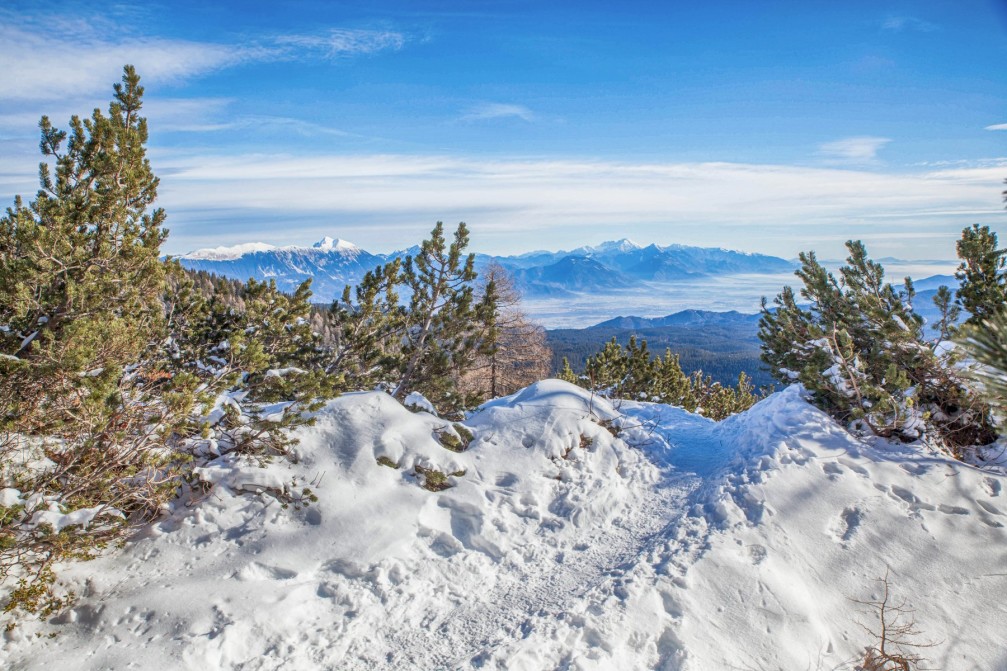
The Julian Alps are an amazing thing to see. Getting to the top of the mountains is just one unique experience.
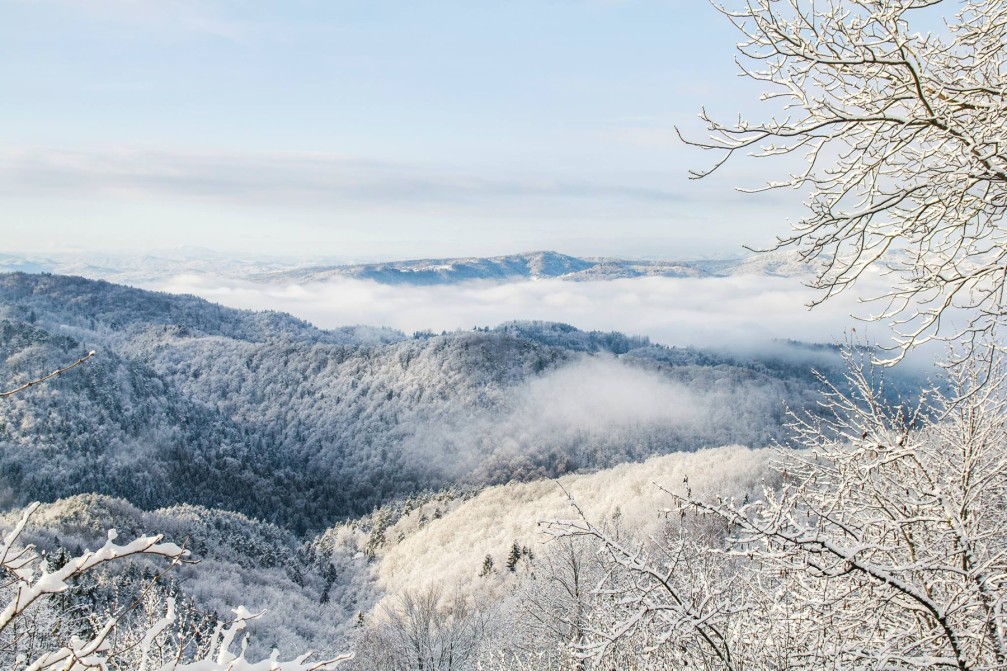
Forests are a symbol of Slovenia’s environment and culture. They cover 58% of the territory of Slovenia and are an essential element of the landscape. Slovenia is a mountainous country with around 35 percent of the territory above an altitude of 600 meters, so the large share of forestation is understandable.
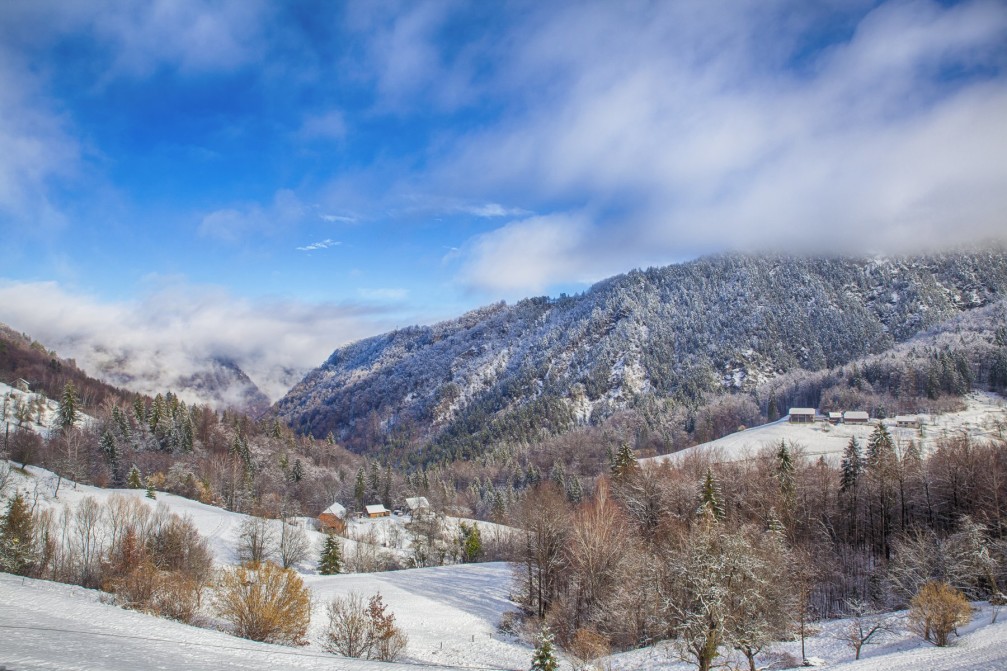
Forest in Slovenia has mainly been preserved in higher and steeper locations, which are less suitable for agriculture, and where its protective role is even more important.
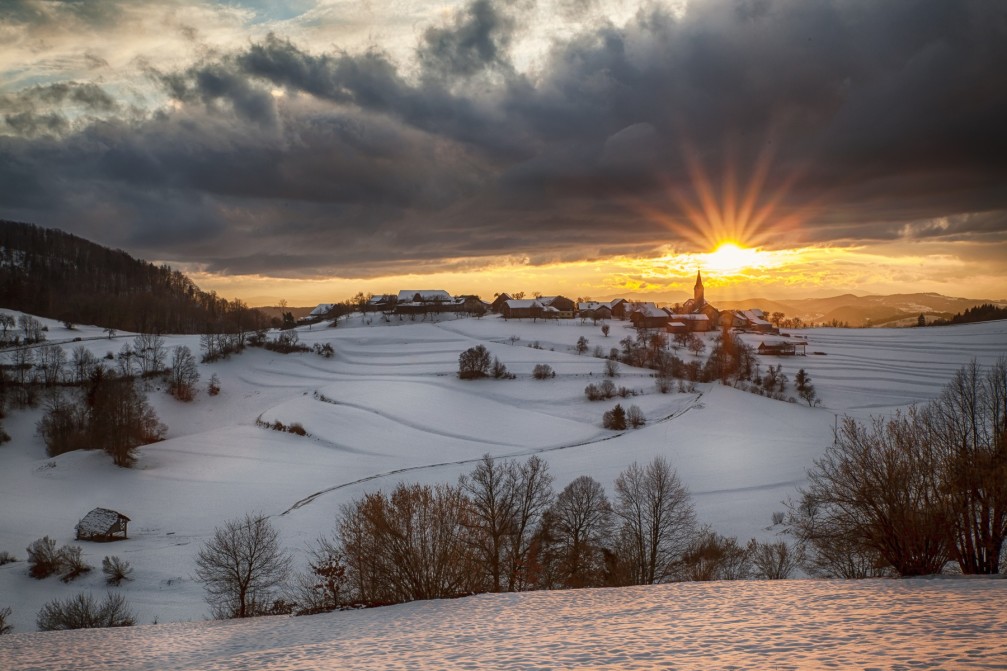
The small village of Velika Goba lies east of Litija in central Slovenia. The village’s best known landmark is the Church of St. Michael which was built in the 18th century.
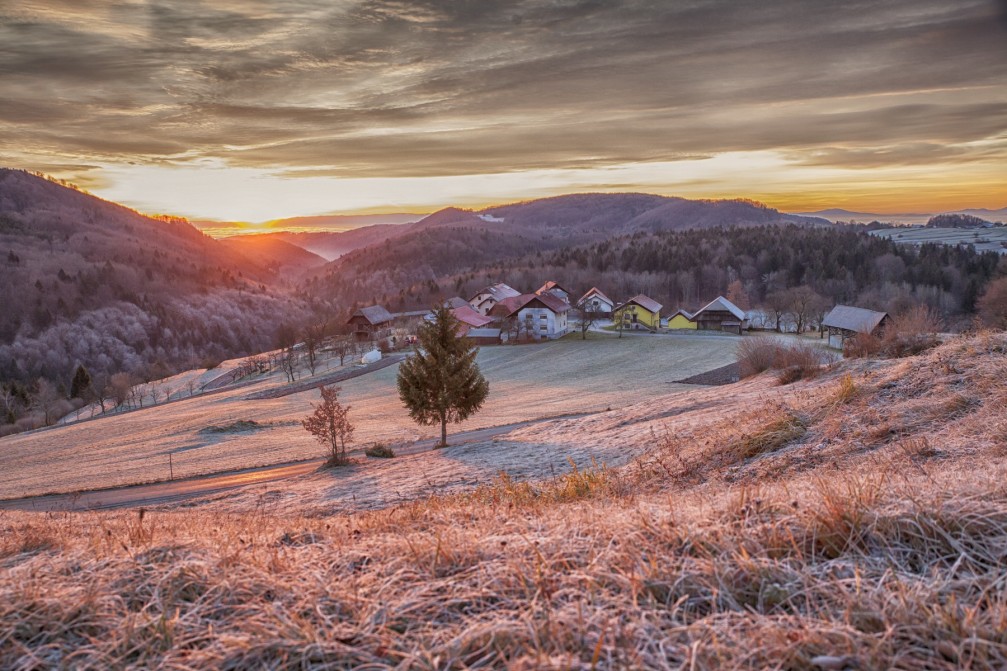
The picturesque village of Ceplje lies east of Litija in central Slovenia.
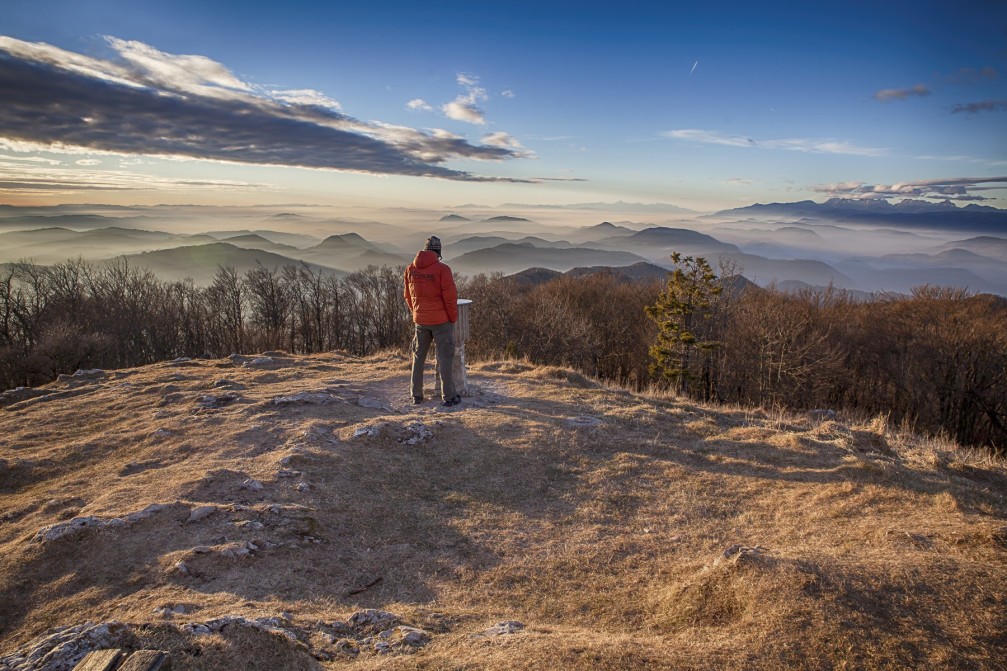
At 1,220 meters Kum is the highest peak of the Posavje hills and offers breathtaking views which seem to go on forever on a clear day.
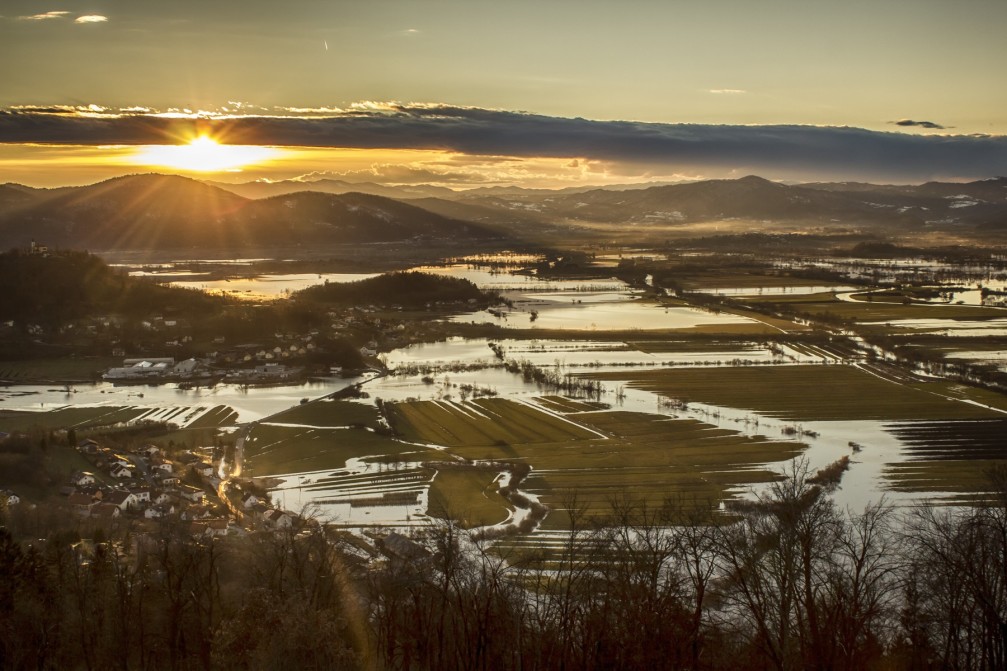
Ljubljana Marshes, located south of Slovenia’s capital Ljubljana, is one of the most unique natural areas in Slovenia known for its rare animal and plant species and for the remains of the prehistoric pile dwellings, which are inscribed under the UNESCO World Heritage List. The area features a combination of meadows, fields, hedges and canals and is often flooded.
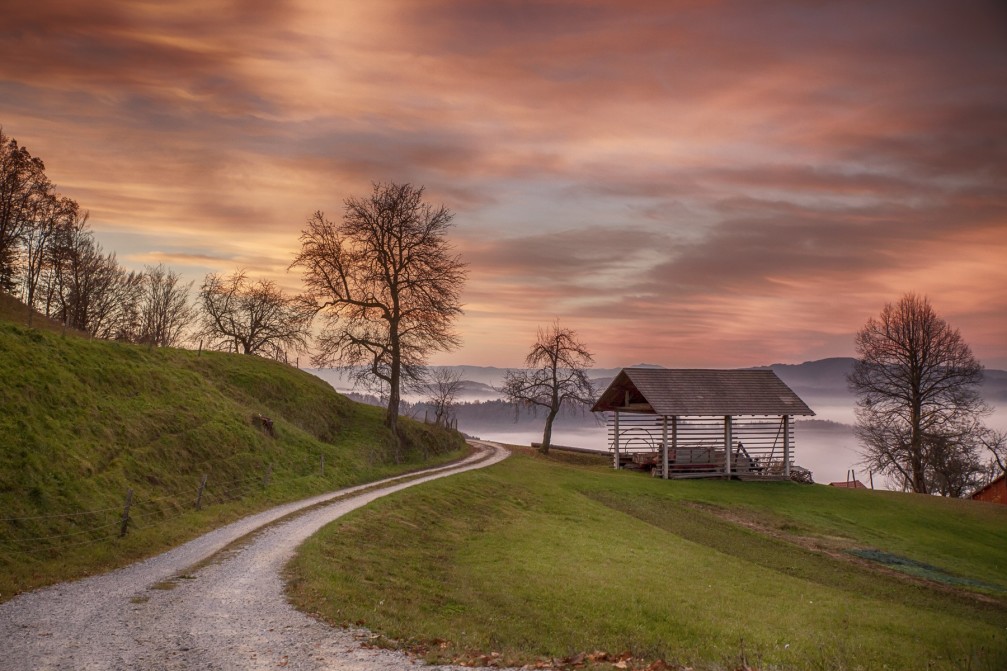
A scenic dirt road leading to the village of Dolgo Brdo in central Slovenia.
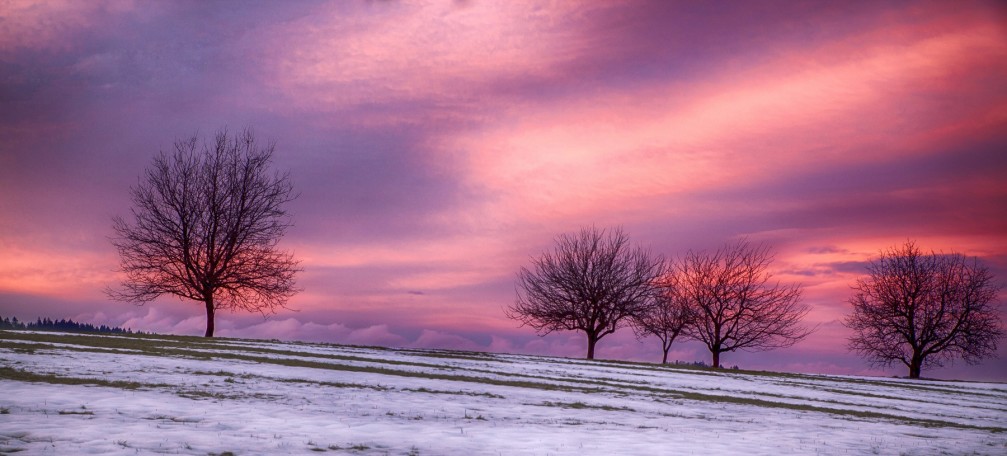
A spectacular winter sunset with vivid colors in shades of pink through purple, all natural colors without enhancement, over the countryside near the village of Velika Preska in central Slovenia.
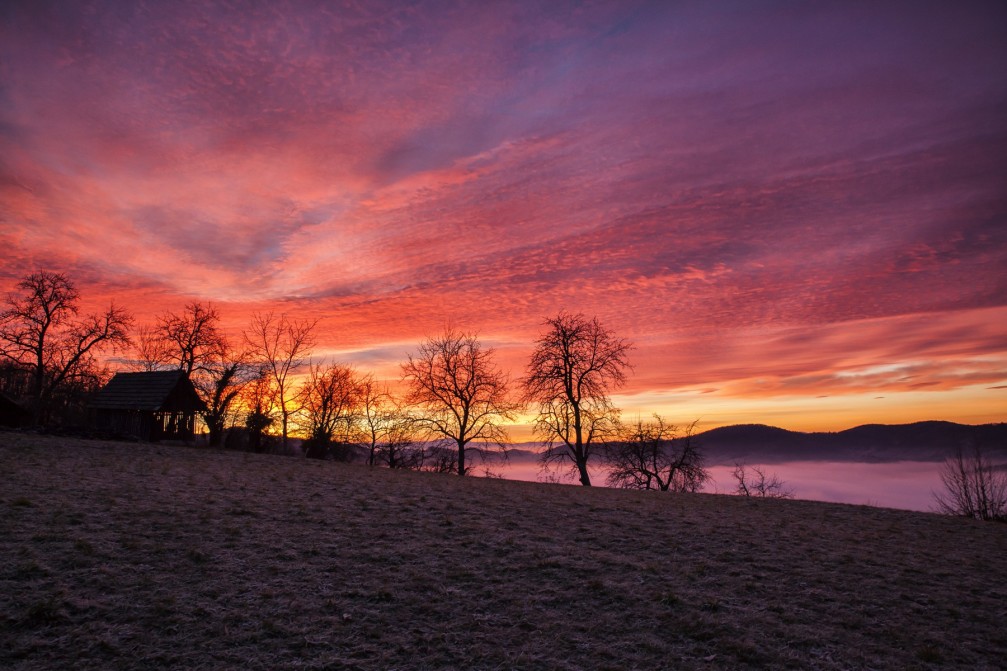
Another breathtaking winter sunset with vivid colors of red and orange through purple over open countryside near the village of Dolgo Brdo in central Slovenia.
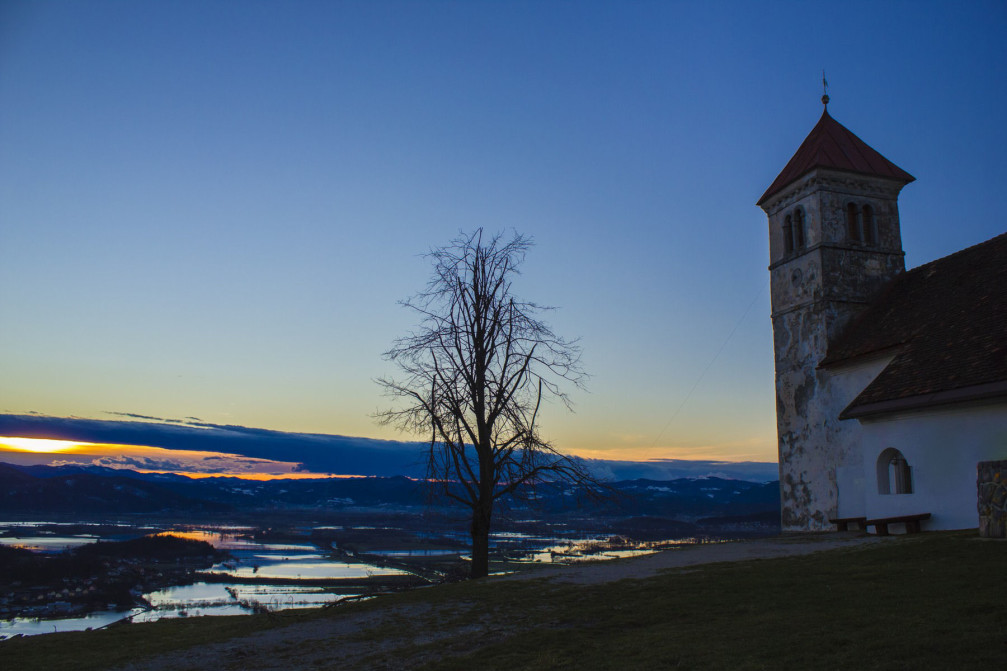
The church of St. Anna stands on top of a small hill above the Ljubljana Marshes at an elevation of 484 meters. The church was originally erected somewhere between 1100 to 1300, however, the building in its current form dates from 1883 when it was renovated in the Baroque style. It’s well worth the hike up the hill for some great panoramic views in all directions.
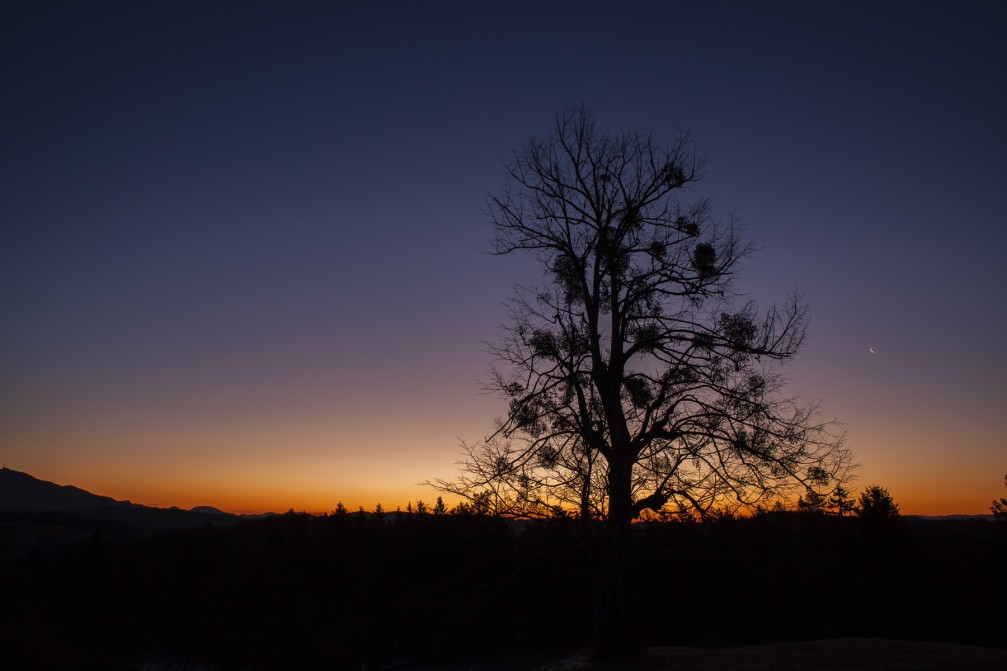
A lonely tree in a countryside near the village of Borovak Pri Polsniku in central Slovenia just before sunrise.
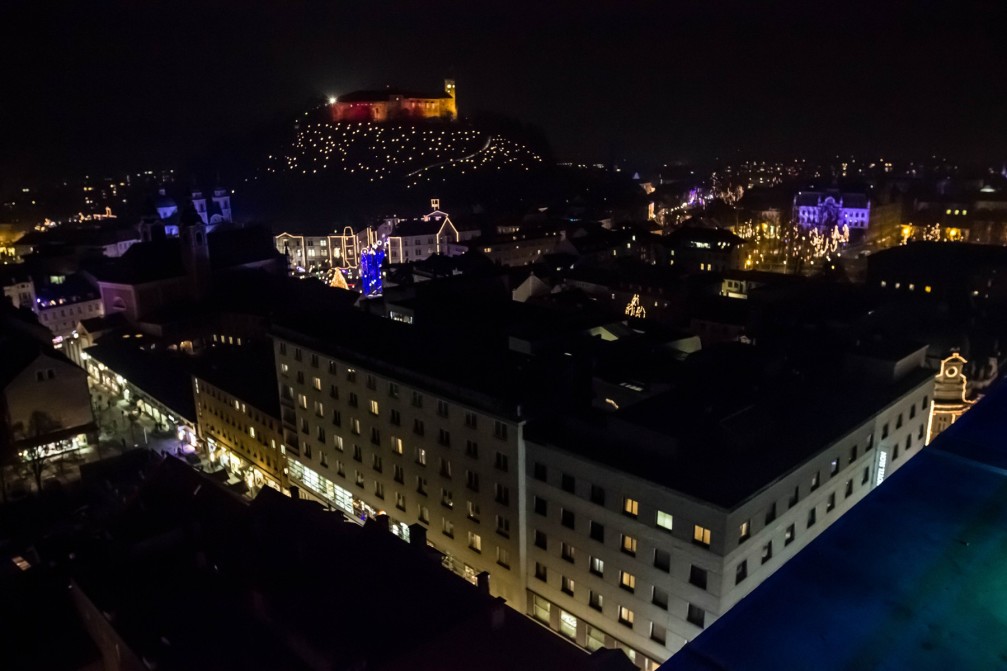
In December during the festive season, Ljubljana’s holiday light installations make the unique beauty of Slovenia’s capital really stand out. But the Christmas lights themselves, although a breathtakingly beautiful sight to be seen, are only half of the experience of Ljubljana in December. The other part are festive open-air events and Ljubljana’s Christmas market, which might be a little small, but it’s one of the loveliest in Europe.
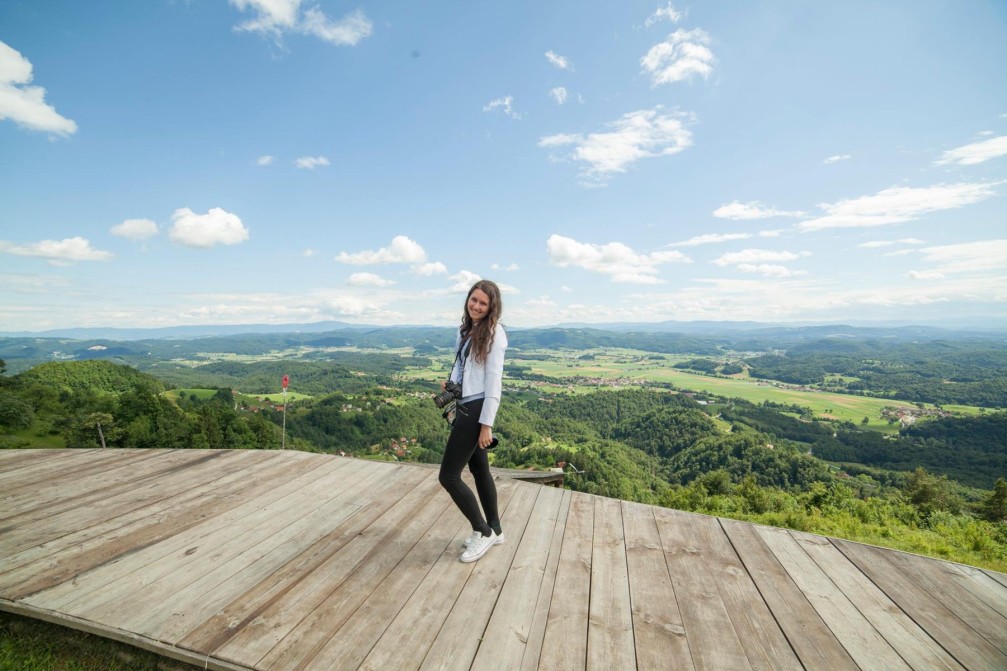
Although known primarily as a lifestyle photographer, Sabina Tomazic also loves to create images that portray the natural beauty of Slovenia and its landscapes.
| |
|---|
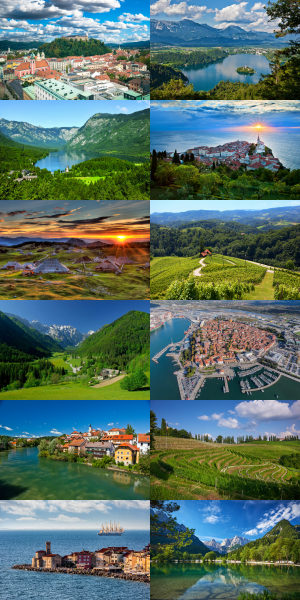 Discover beautiful Slovenia through amazing photos that will instantly make you want to visit and explore this delightful country in the heart of Europe. View more than 100 galleries with more than 5.500 landscape and nature photos from 50+ photographers! ENJOY! |
| |
|---|
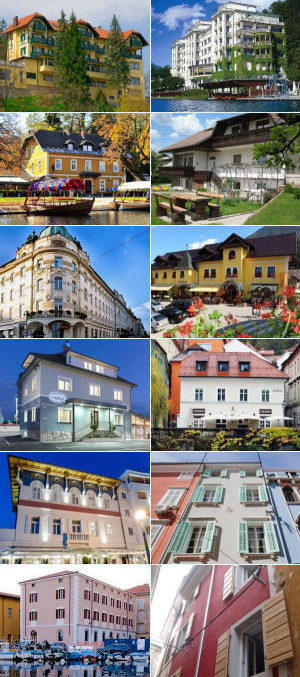 There is a wide array of options for accommodations in Slovenia, including hotels, guest houses, apartments, bed and breakfasts, hostels, camping and glamping sites and farm stays. Find out which places to stay in Slovenia we recommend and why! |


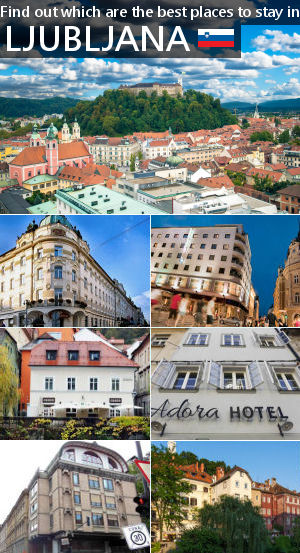
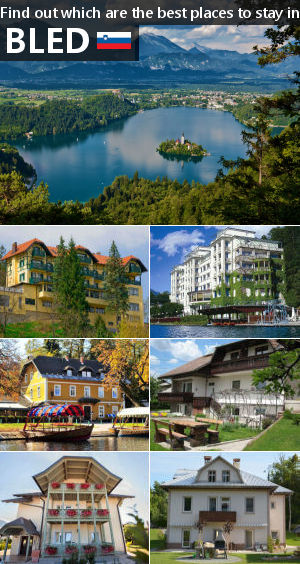
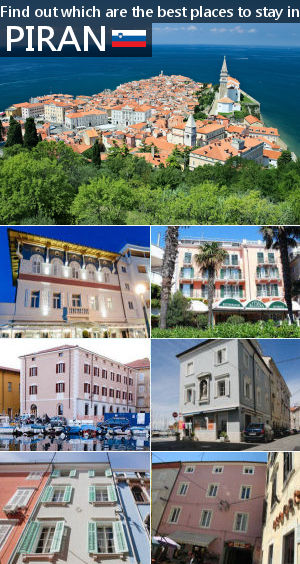

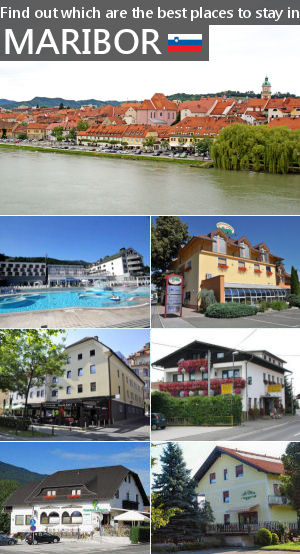
<My forebears come from Slovenia and I can see why they were so homesick. Beautiful beautiful scenery and the Slovenian people whom I came to know were the sweetest, kindest and most generous people I was privileged to know. They all saw the goodness in everyone and made sure they acknowledged the dignity of every human being. A glimpse of Heaven.
Slovenia is great! I’ve been there last year. Cheap, nice people and such beautiful places.
I never imagined Slovenia could be this beautiful. I love the photos.
Beautiful pictures. It’s hard not to fall in love with Slovenia
Amazing pictures! I love Slovenia! I’m hungry for the road again…
Absolutely stunning photos. This is a beautiful part of the world.
Absolutely spectacular! Love those big open landscape shots!
Beautiful pictures, I’ve been to Slovenia recently, great country, I loved Ljubljana’s architecture and Lake Bled!
Čudovita galerija, prav vsaka fotografija je užitek za pogledati.
Just gorgeous pictures! Can’t wait to see (and experience) Slovenia for myself.
Lovely photos, would love to visit!
Slovenia is my favourite country in the world. Wonderful photos like this remind me why. Beautiful!
What an amazing series of photographs!
Great pictures Sabina! You did an amazing job capturing the spirit of Slvenia.
These are great photos and I ADORE SLOVENIA. I recently quit my job to travel the world and Slovenia was my second stop! I have been to many other places in Europe since then (currently in Portugal), but Slovenia remains one of my very favorites.
Kako čudovita izgleda naša Slovenija. Ponosen da živim tu.
Wow these pictures are amazing! I’m actually in Ljubljana right now and I just love the simplicity of the country and how all Slovenian people are so content.
Gorgeous photos! I have always been wanting to go to Slovenia and these pictures are so making me want to be there right now!